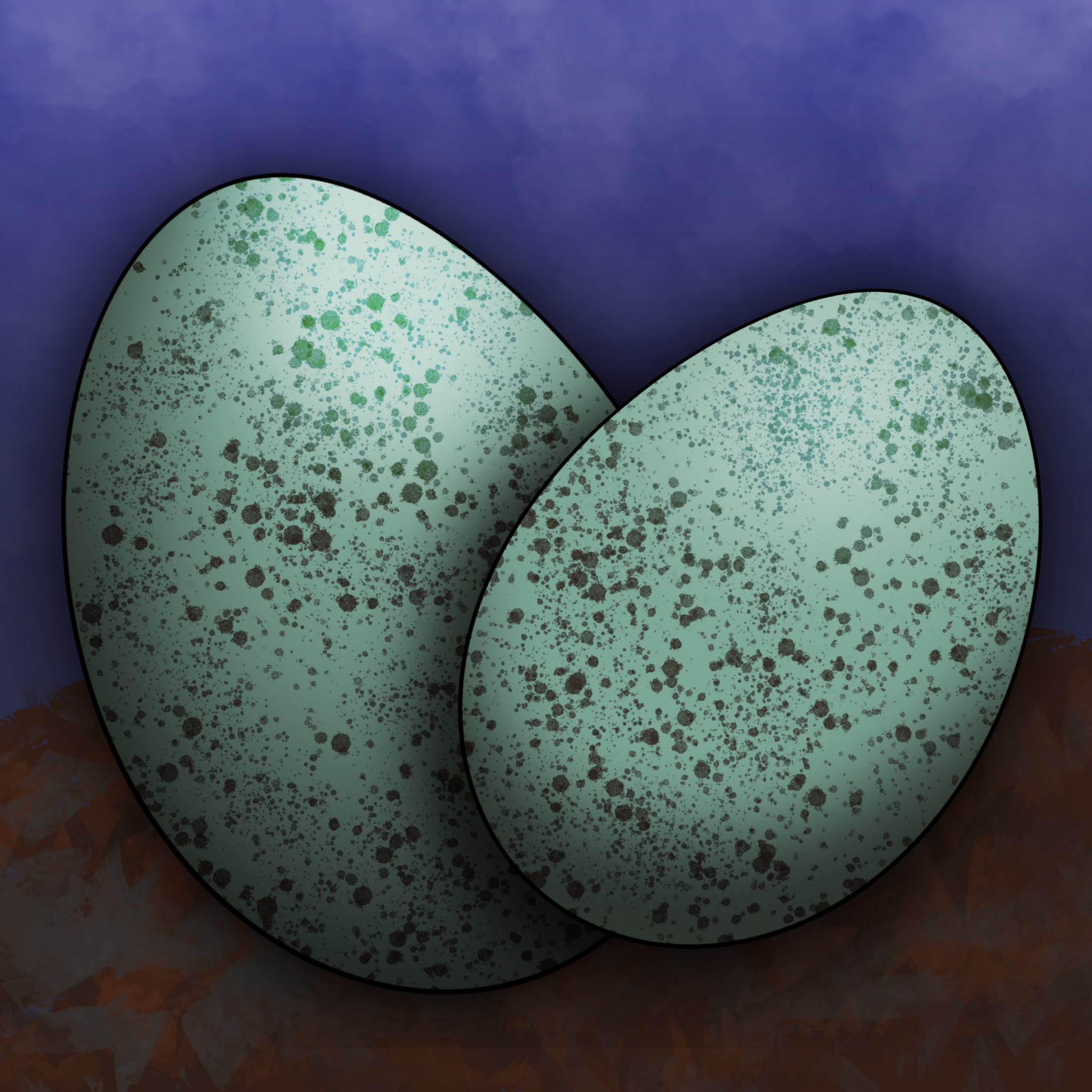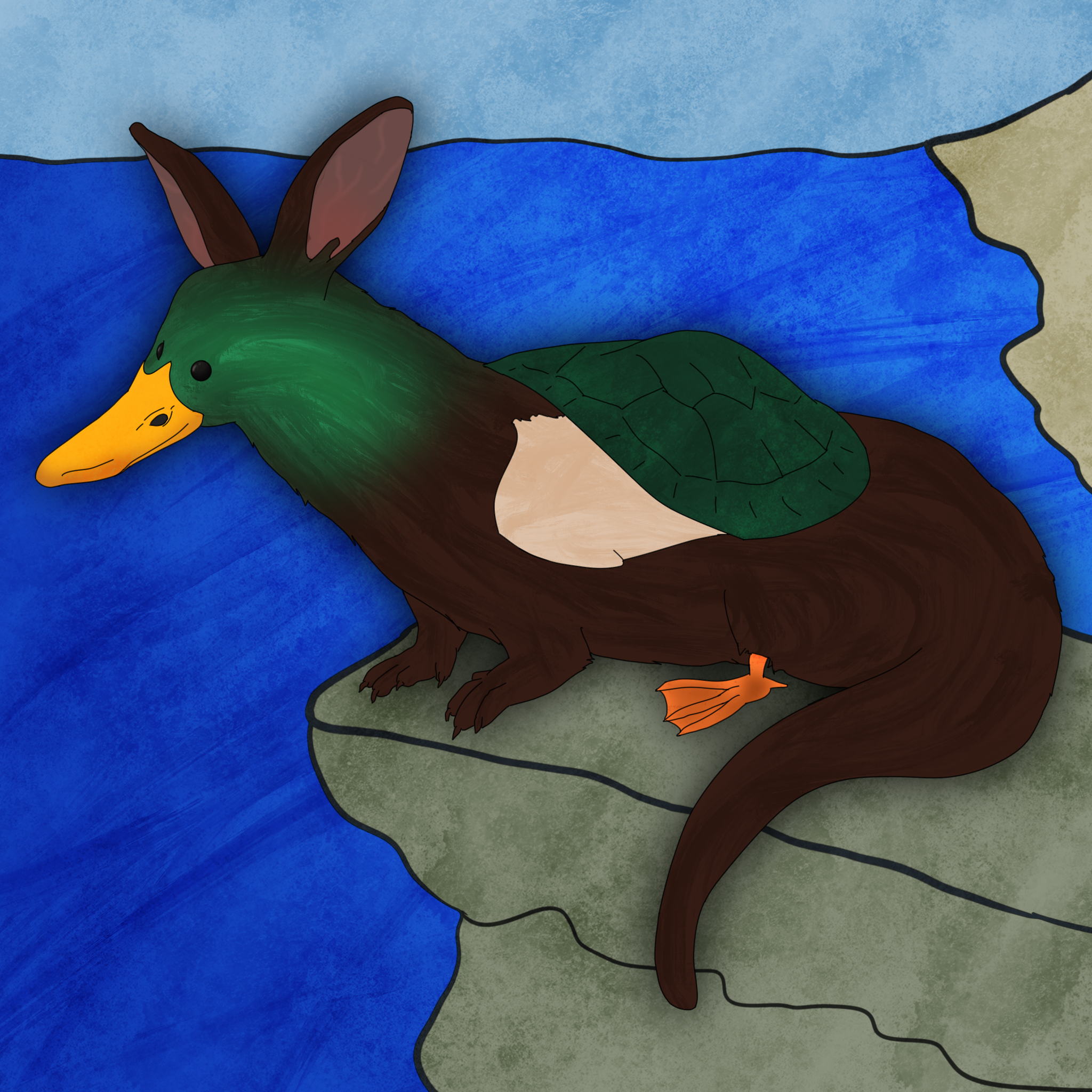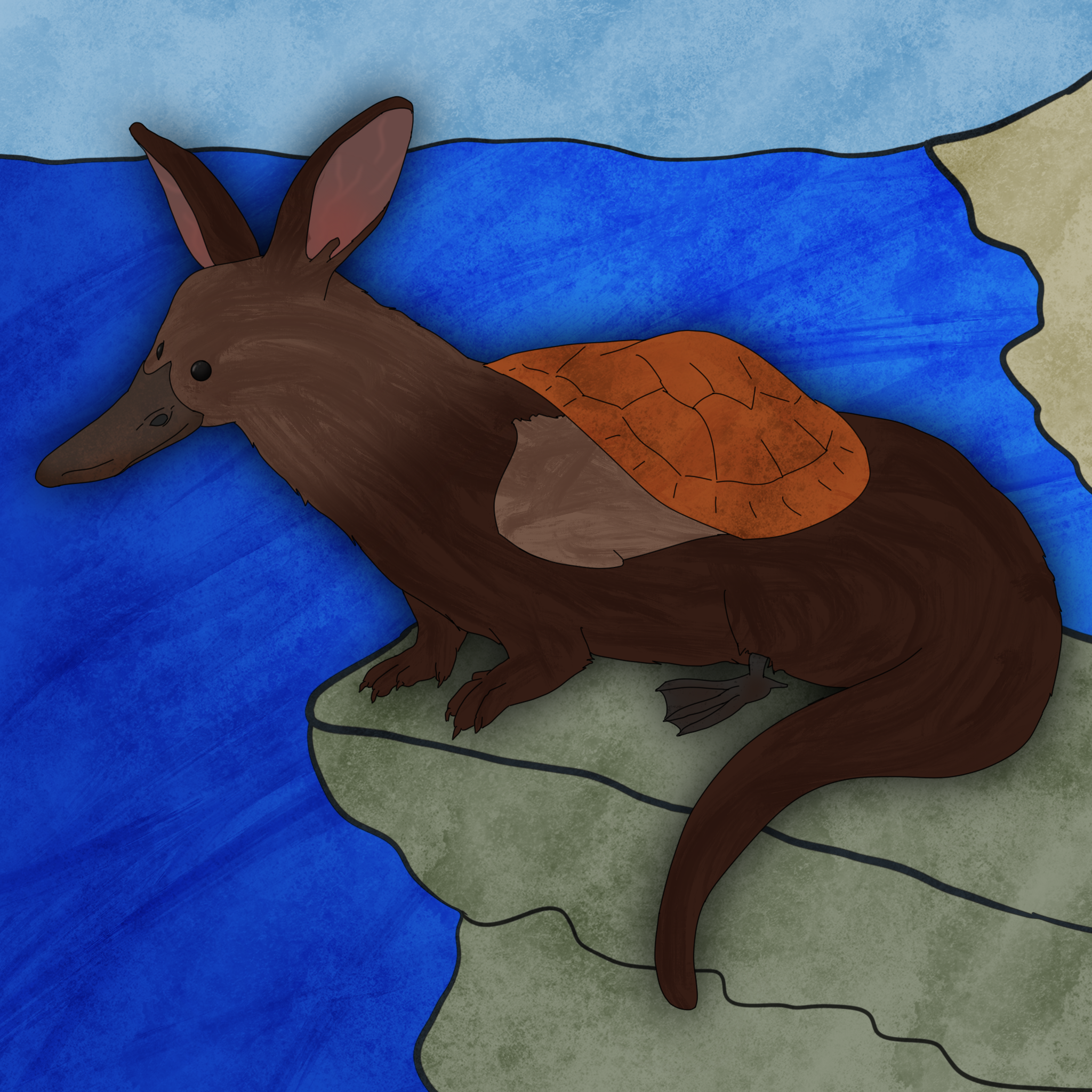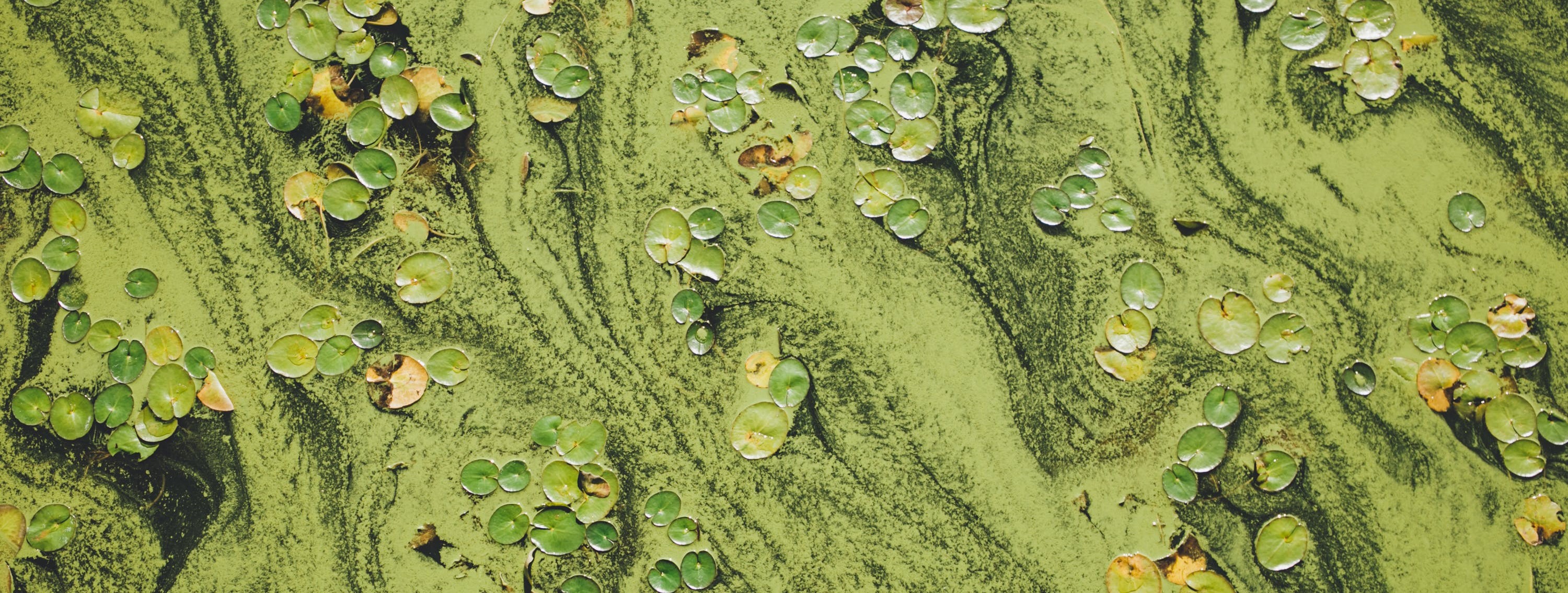The otterduck turtlehare is a semi-aquatic species found across Etharai's ponds, rivers, and other small bodies of water. They are a strange and unique species, having stumped scientests for decades. This playful species has caused many a taxonomical debate, and different scientiests still have very different answers as to what class, order, and genus this species belongs to. The species can be found in the wild, but is also commonly domesticated. They are playful and fun, though high-maintenance and high-energy to care for in captivity. This can lead to unfortunate situations where people unprepared to take care of one will adopt an otterduck turtlehare and later have to forfeit them. However, when properly cared for, the species is a fun-loving and playful companion.
Basic Information
Otterduck turtlehares are mammals with long, flexible bodies. They have two back legs, which are short with webbing between the toes, each with a small claw on the end. The fur covering most of their skin transitions into feathers where their small wing-like forelimbs begin. When they aren't flying, they keep these wings tucked underneath the shells on their back, covering maybe a third of their bodies. In addition to these wings, they have short fur-covered arms with hands and fingers on the ends, which they use to grasp their food. They have long necks, which lead up to their oval-shaped heads. Their eyes seem to bulge out of their sockets, located just above their long beaks. Atop their heads are long tapered ears, giving them an excellent sense of hearing. They are able to hold these ears back against their bodies while they swim. Otterduck turtlehares also have long tails, about the same length as the rest of their bodies. These tails are long and thin, covered in fur but with two feathers on the end.
Otterduck turtlehares mate with a single partner, though most of these patnerships only last about a year. Females of the species lay speckled teal eggs. They will raise 2-3 of these eggs in a clutch, and will not have more than 3 clutches of eggs in their lifetimes. They raise their young in pairs - most often a male and a female, though sometimes two females. Pairs of male otterduck turtlehares have also been known to take in and raise the eggs of parents who have been killed or abandoned their own clutch. Adult otterduck turtlehares will find food for their young, feeding them by regurgitating their food.
Baby otterduck turtlehares are a fraction of the size of adults. Their shells are often too big for them, and tend to encumber them - so much so that otterduck turtles aren't actually capable of flight until they reach adulthood. This is particularly concerning in the case of predators, as young otterduck turtlehares are incapable of utilising their species' primary defense mechanism. As such, otterduck turtlehare parents will often carry their young on their own backs, taking flight for them should the need arise. Once a child becomes large enough to encumber the adult, however, they are no longer carried this way. This is generally slightly before the young is actually able to fly, and this stage is when the otterduck turtlehare is most likely to be caught by predators.
Otterduck turtlehares are omnivorous, feeding on a variety of foods. They particularly enjoy flower petals and some fruits, and some will go out of their way to find these fruits. They are also known to eat leaves of certain vegetation, as well as small species of worms, frogs, and snails. Some otterduck turtlehares will eat small fish, depending on availability in the region. They have figured out how to crack open the shells of some shellfish, and eat the insides of these species - a skill that they teach their young.







Oh my gosh, I love them. Ah, silly parents, just like in the real world, not doing their research on pets. XD
Explore Etrea | March of 31 Tales
yep, can you tell that paragraph was based on my own frustrations? lol